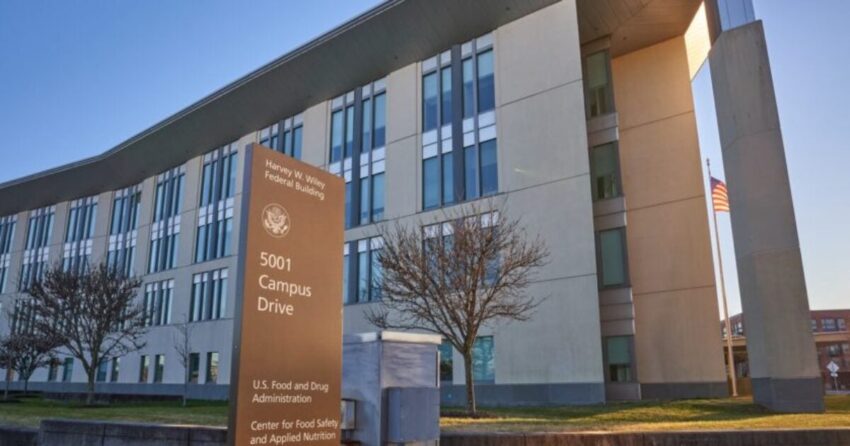
Families concerned about color additives in school lunches, at grocery stores and at fast-food counters can now reference a new Food and Drug Administration (FDA) website that tracks the actions of companies that have pledged to phase them out.
The Department of Health and Human Services (HHS) announced in April its push to eliminate six petroleum-based food dyes, or certified color additives, from the food supply, by the end of 2026.
A new “Natural Dye Pledge” website tracks progress by food manufacturers, retailers and trade associations to eliminate the six color additives: FD&C Green No. 3; FD&C Red No. 40; FD&C Yellow No. 5; FD&C Yellow No. 6; FD&C Blue No. 1; and FD&C Blue No. 2
Companies with pledges to substitute petrochemical dyes with natural ingredients include the manufacturers of some of the most recognizable brands in American grocery stores, including Mars, Inc.; McCormick & Company, Inc.; Nestlé S. A; Pepsi Co. Inc.; The Hershey Company; and The Kraft Heinz Company.
The tracker describes In-N-Out Burger’s goal to eliminate food dyes from strawberry shakes and lemonade as “complete.” It also describes other pledges — such as a pledge by Mars, Inc. to offer non-color additive versions of M&M’s and Skittles by 2026 — as “in progress.”
“Parents and doctors have concerns about petroleum-based food dyes, which have no nutritional benefit,” said FDA Commissioner Marty Makary in a statement. “Given the epidemic we face of childhood diabetes, obesity, depression and ADHD, it’s common sense to work together to remove these chemicals as part of our broader effort to work to improve children’s healthy eating patterns.”
We’ve not been talking about root causes in healthcare…why do a third of our nation’s children now have pre-diabetes or diabetes? We’ve got to talk about school lunch programs, not just putting every 6-year-old on Ozempic. pic.twitter.com/3B1La2UEjf
— Dr. Marty Makary (@DrMakaryFDA) July 11, 2025
The Trump administration argues that removing food dyes from the American food supply furthers the America First agenda.
Recent polling suggests the push has broad support.
Two in three respondents to a June Ipsos poll, or 67%, said they do not think foods that contain artificial food dyes in them are safe to eat, even when those dyes are approved by the FDA.
Had a chance to talk with @MajorCBS on The Takeout about the problems with petroleum-based food dyes. The FDA is responding to the science and to public demand and have asked food companies to remove these from the U.S. food supply. They are moving quickly to do so. pic.twitter.com/t99cUMqg6I
— Dr. Marty Makary (@DrMakaryFDA) June 20, 2025
Synthetic food dyes derived from petroleum are used in food products to make them more visually appealing, especially in products marketed to children.
Their consumption is widespread. A 2016 study found that approximately 94% of people over two years of age in the U.S. consumed Red Dye 40.
But they have also been associated with a number of health risks, including neurobehavioral impacts in children, carcinogenic potential, genotoxicity and gastrointestinal effects, according to a scientific review provided to reporters by HHS in April.
All republished articles must include our logo, our reporter’s byline and their DCNF affiliation. For any questions about our guidelines or partnering with us, please contact [email protected].
Click this link for the original source of this article.
Author: Emily Kopp
This content is courtesy of, and owned and copyrighted by, https://www.bizpacreview.com and its author. This content is made available by use of the public RSS feed offered by the host site and is used for educational purposes only. If you are the author or represent the host site and would like this content removed now and in the future, please contact USSANews.com using the email address in the Contact page found in the website menu.








